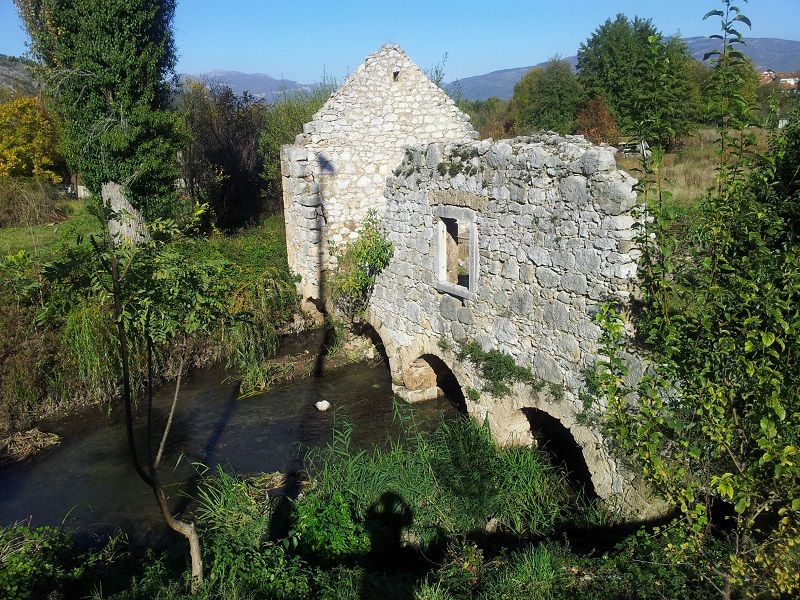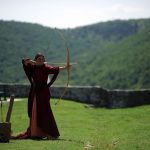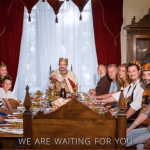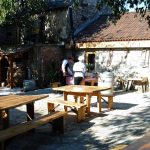Knin rarely hits the news for positive reasons and is not known as a destination which attracts foreign residents, but American Roderick Wilde has called it home for over a decade and sees lots of positive change over that time. Here are his thoughts on January 2, 2017 on the changing nature of life in Knin.
I feel very fortunate to have ended up in this very special place on earth. In my relatively short amount of time on this planet, relative to the age of many buildings here in Croatia, I have been quite lucky to have lived in some of the most special and scenic places in my native United States. I was born in Washington State and have lived in the Redwoods and Seacoast of central California, the awe inspiring red rock region of central Arizona near Sedona, as well as the dramatic and spectacular town of Valdez, Alaska where the sea meets the mountains. You can literally put one foot in downtown Valdez and your other foot on the side of a mountain, seriously!
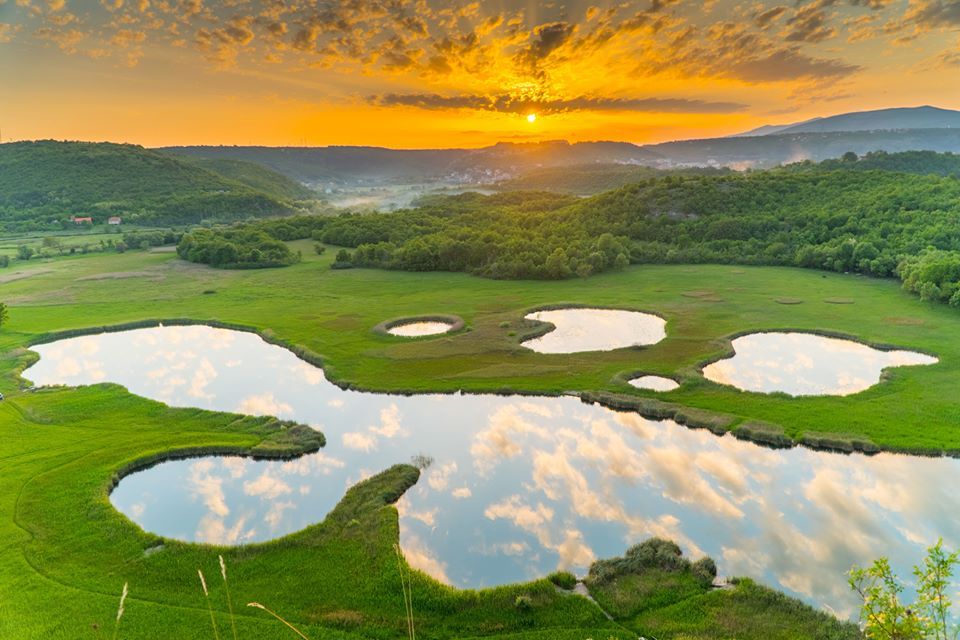
My current home away from Croatia is the Victorian era seaport town of Port Townsend Washington where the Strait of Juan de Fuca meets Puget Sound, where eagles soar and deer and sea otters can been seen wandering the streets. A coastal town where you can see two volcanoes and two mountain ranges by just turning around. I feel this qualifies me to write about Knin, a special, though often overlooked part of Croatia. Knin is touted as the City of Croatian Kings but I feel it should be re-branded as “The City of Croatian Kings and the Land of Seven Streams”. It is located in a very unique valley with an abundance of naturally flowing waters. As I look out my window while writing I see the Krcic water fall across the valley at the base of Croatia’s tallest mountain, The Dinara. The Krka river flows out of a cave near the base of the falls where it is joined by the Krcic River and travels through scenic canyons for 45 miles (72.5 km), with more incredible falls, before it empties into the Adriatic Sea at Šibenik.
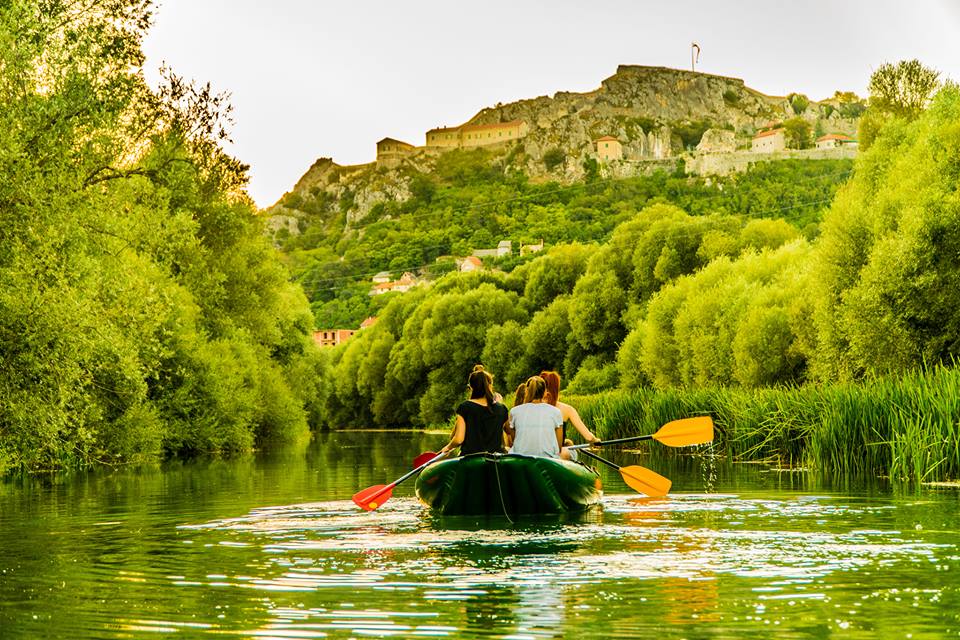
Knin has many unique historical constructions, most prominent of which is the eighth century castle/fortress a few blocks from my home here. It covers over 30 acres and housed three villages connected by draw bridges. It was the home to Croatia’s first kings. It is the second largest fortress in all of Europe. Nearby, (18 km) is the Roman settlement of Burnum which has the largest amphitheater in Dalmatia. It was built by the Romans in 77 AD. Now you know why I feel so very young living here!
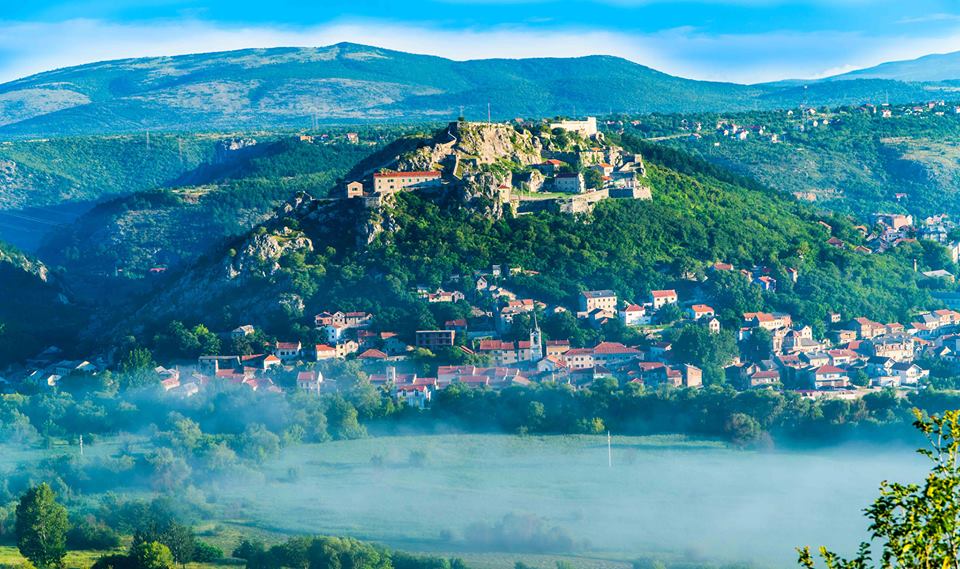
What really sets Knin apart from other Dalmatian towns and even other historical towns as far north as Istria is its natural features. There are many places with great architectural features and ancient buildings but they do not have the wealth and variety of natural beauty that Knin offers. If a person chooses a place to live based just on buildings then there are places that would be more competitive. There are many wonderful small towns on the Adriatic right on the water and beautiful islands off the coast that my wife and I like as well, but Knin is home.
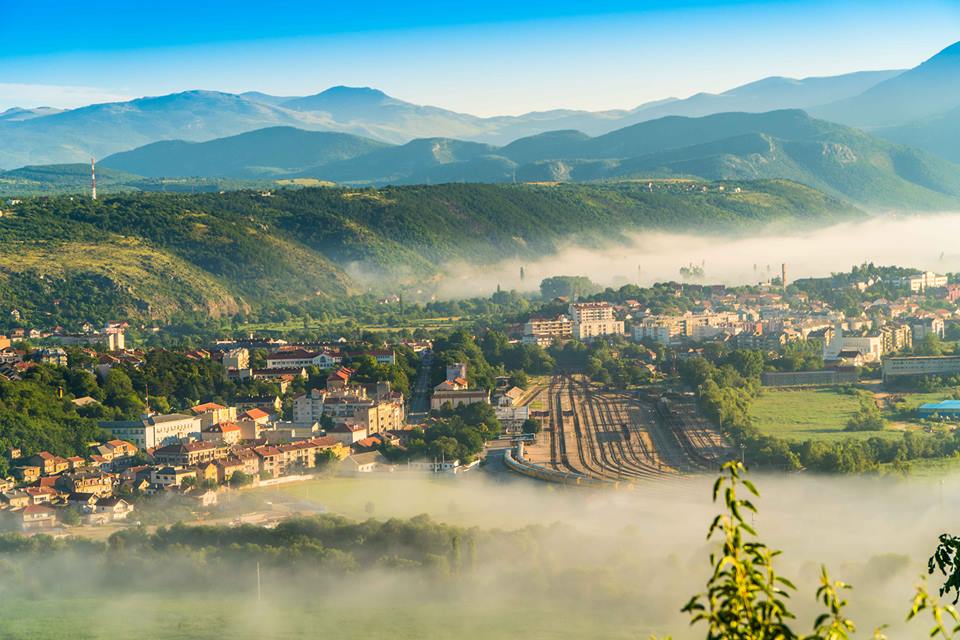
Knin has always been a crossroads. In medieval times it was of major strategic importance as it controlled the major trade route connecting Dalmatia to the Balkans. Even today it’s rail system links the Capital of Zagreb to Dalmatia. It also has rail routes to Zadar on the coast to the west and Bosnia to the east. More than that Knin is a crossroad in time between the past and the future. I personally feel it will become an even more important crossroad in the future as people discover it’s natural beauty and wish to stop and stay and explore when traveling between two of Croatia’s most scenic national parks, The Krka National Park only about 30 miles to the southwest and the world famous Plitvica National Park about 95 miles to the north. After all the Krka river’s source is in Knin at the base of a gorgeous waterfall.
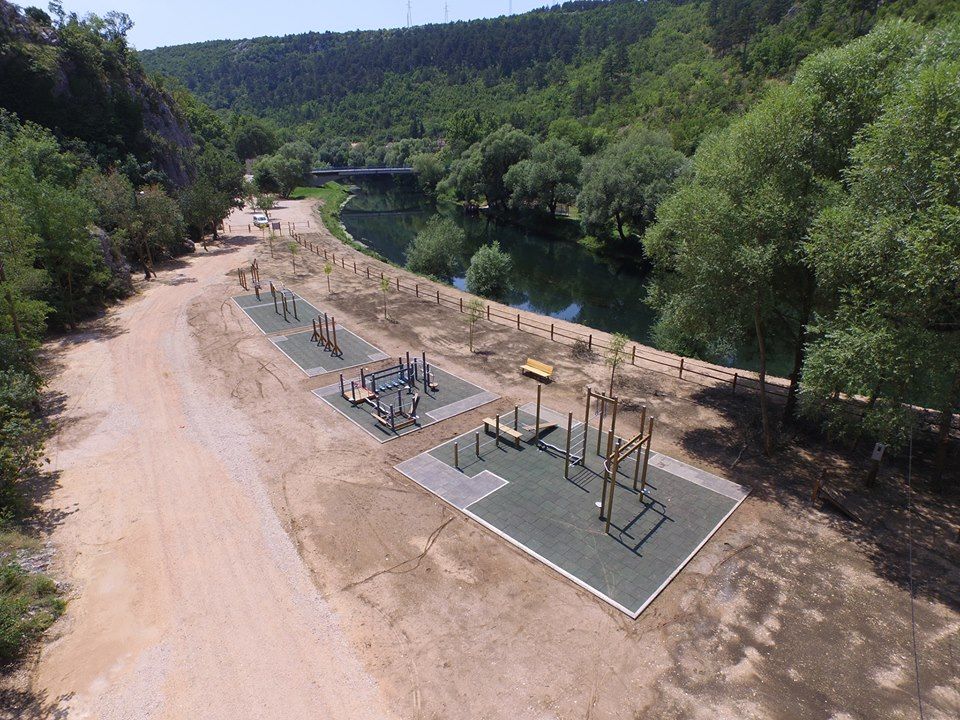
One can not write about Knin without recognizing the 800 pound gorilla in the room. As most know the final battle for independence for Croatia, after the break up of Yugoslavia, was here in Knin. When I first came here about a decade ago there were still bullet ridden walls on civilian homes and there was garbage in the streets. So much has happened since then. There has been a great amount of positive changes over the years. Financial resources were secured for reconstruction after 1995. Recently, with the admission of Croatia to the European, Union money has flowed in for infrastructure projects from an all new sewer system to new sidewalks and roads. The City of Knin has done a great deal of projects on insulating and painting city owned apartment buildings. There are new parks and trails. One new park on the banks of the Krka River even has a playground for both children and adults and a place to practice rock climbing on cliffs at the base of the fortress.
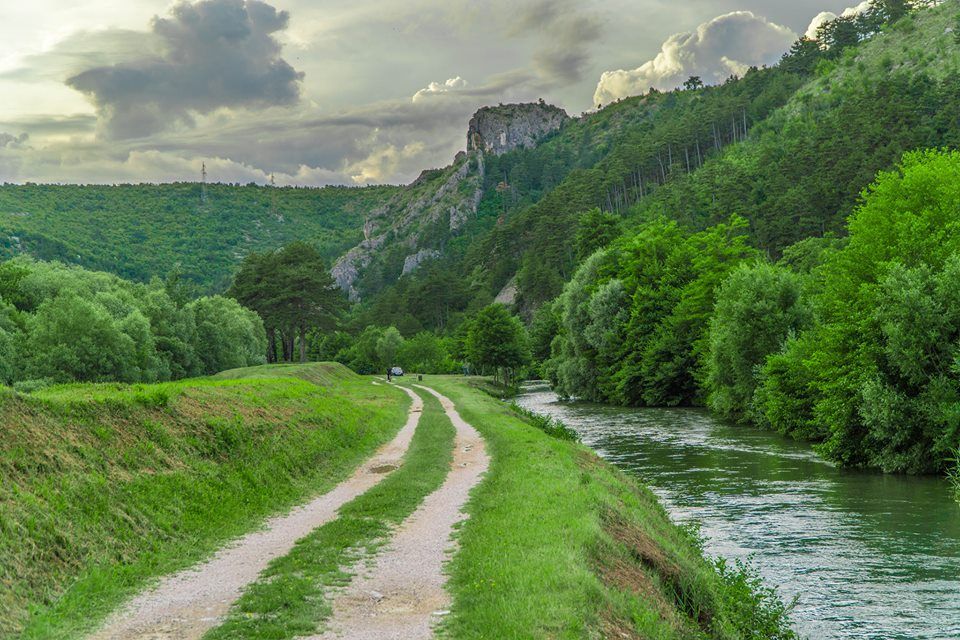
Rather than have this story be about just my take on Knin I thought I would also interview some local residents to find out their opinion on the changes happening in Knin. One of the people I contacted was Normand Boucher who is a Canadian living near the fortress with his wife who is from Knin. Normand has seen the worst of times for Knin but he is still here. He was the UN Civilian Police Sector Chief during the operation Storm (Oluja) in August 1995. He was also called upon to testify at the War Crimes tribunal in The Hague about the situation locally during and after the operation. After all that he has seen he still makes Knin his home. He said: “Everyone is searching for happiness and when you find a big piece of it you stick to it!” He also commented: “The culture is interesting and there are some unbelievably great people living there.” When I questioned him about the changes that have occurred since the war he replied: “I see so much more positives to the negatives that can be fixed.”
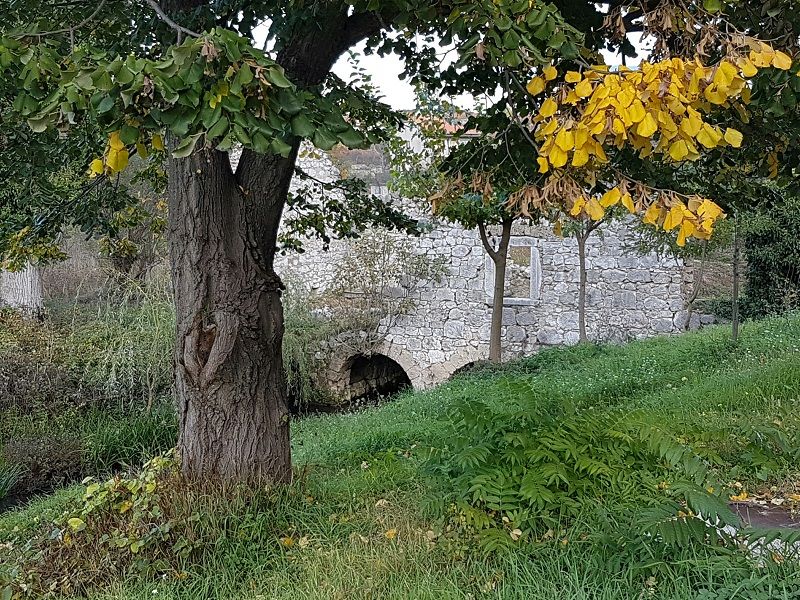
I was very fortunate to meet a fairly new comer to Knin, Dr. Jadran Kale who has made Knin his home for the last five years. He travels to Zadar where he is a teacher at the Department of Ethnology and Cultural Anthropology at the University of Zadar. He also travels to Sibenik where he is the Curator of the Ethnographic Department of the Museum of the City of Sibenik. Since he is Croatia’s foremost authority on dry stack walls and stone houses he met with me for coffee so I could learn about the dry stack stone walls that dominate much of the scenery of the Dalmatian area and islands. I later asked him of his opinions on living in Knin. He feels that it has some positives. He stated that in Knin: “Civil society produced music gatherings and cafes distinct from elsewhere, you don’t have some of Knin-like cafes in Šibenik, for example.” He does however feel there is a great need for improvement. To see some great examples of stack rock walls in Dalmatia check out the work of famous Split photographer Ivo Pervan who has done some incredible areal photography that gives one a good grasp of their prominence in this vicinity.
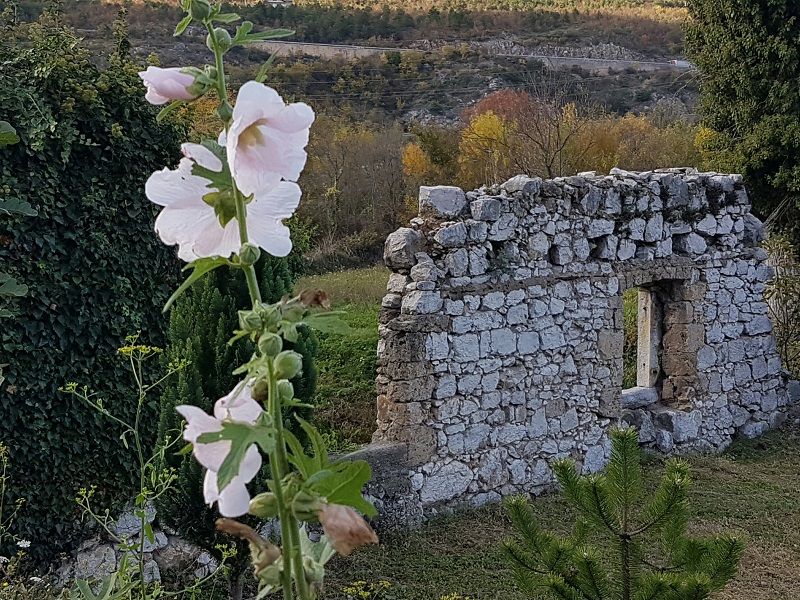
Another person I interviewed, Inga Kukolj, was born in Knin and has been instrumental in many of the improvements in Knin over the years as her role as one of the founders of the Krka Ecological Society, an NGO. The society strives to improve the water quality of the Krka river system as well as to educate the youth of Knin on environmental issues. They believe that teaching the youth is a big part of the future of Knin. The organization is over twelve years old now having been founded by Inga Kukolj and Srečko Kmetič on December 15th, 2004. One time when I visited their office they were teaching children how to use a traditional weaving loom to make very attractive hand bags from discarded plastic bags like the ones that used to be stuck in all the bushes along the Butižnica river. This area now has a lovely walking path with benches. Inga has a seven year old daughter and feels that Knin is a great place to raise her and wishes for her to inherit an even better world than it is today. She believes water quality and a clean environment will be very important for future generations.
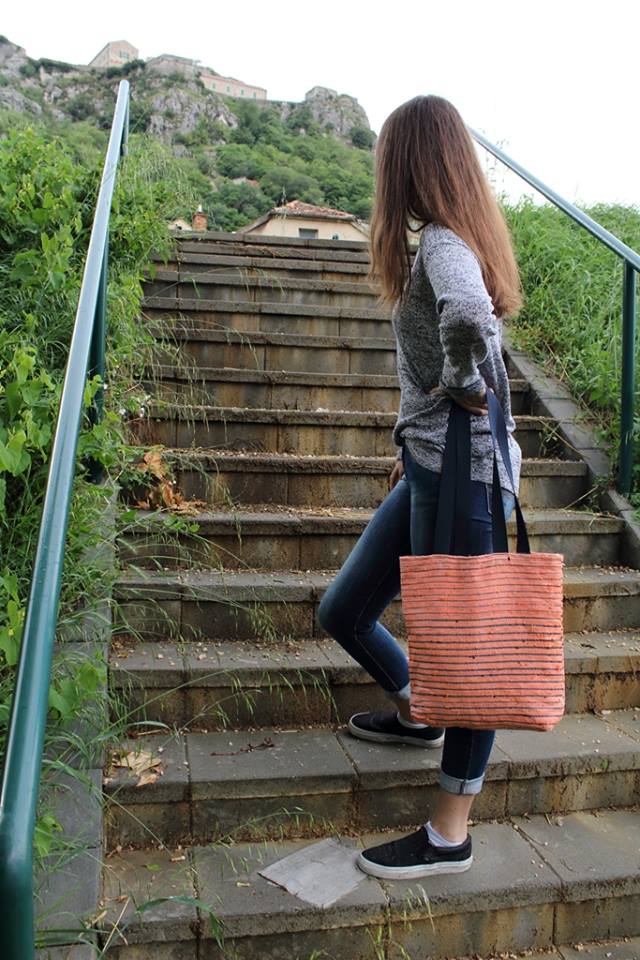
My latest interview was with Nikola Blažević, the current mayor of Knin. Due to a new influx of capital from the EU for further improvements to the city he was quite happy to share with with me all the great plans they had for these funds. I had previously spelled this out in my last article in TCN: “Knin, Croatia’s Phoenix Rising”. Toward the end of the meeting I asked what his personal vision was for Knin. Mayor Blažević stated that Knin would strive to make all it’s resources available to those who wish to spend their holidays in this picturesque area with beautiful mountains and rivers and a great historical heritage. He wishes visitors to enjoy this rare part of earth, often times hard to find now days, where you can hear the sound of the creek and the breeze with all your senses and relax in the silence. Following that, we would love for this cradle of Croatian sovereignty to attract all those who wish to learn about Croatian Kings and Bishops that were ruling from here long ago. In addition to learning about the various conflicts over the centuries and those who have occupied and liberated this region, he wants people to also learn about the current residents who now call this home. Mayor Blažević said that the town’s mission was to teach those who do not know about Knin to become aware of it. He also wishes for those who have left for various reasons over the years to return to their home. He feels that Knin deserves a much brighter future.
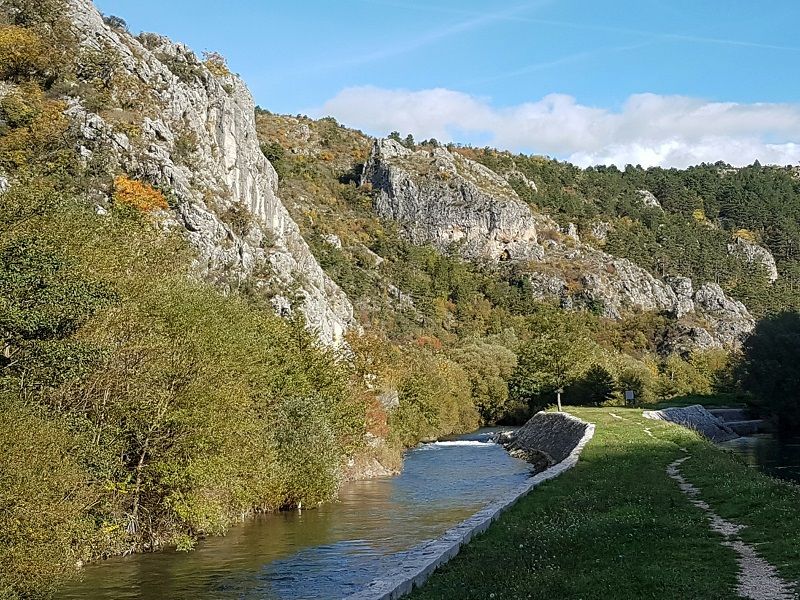
One of the first things I noticed when I came to Knin for the first time was how safe it felt here. It was like stepping back in time. It felt like the 1950s. I would see small children with their back packs heading to school on their own with no adult in tow. You would never see that in the U.S. With all that I have written I hope you get a sense of what a great country this is as well as what a wonderful town Knin is, whether you just plan to come for a visit or to make it your home. The future’s so bright here you just might wish to wear shades!
